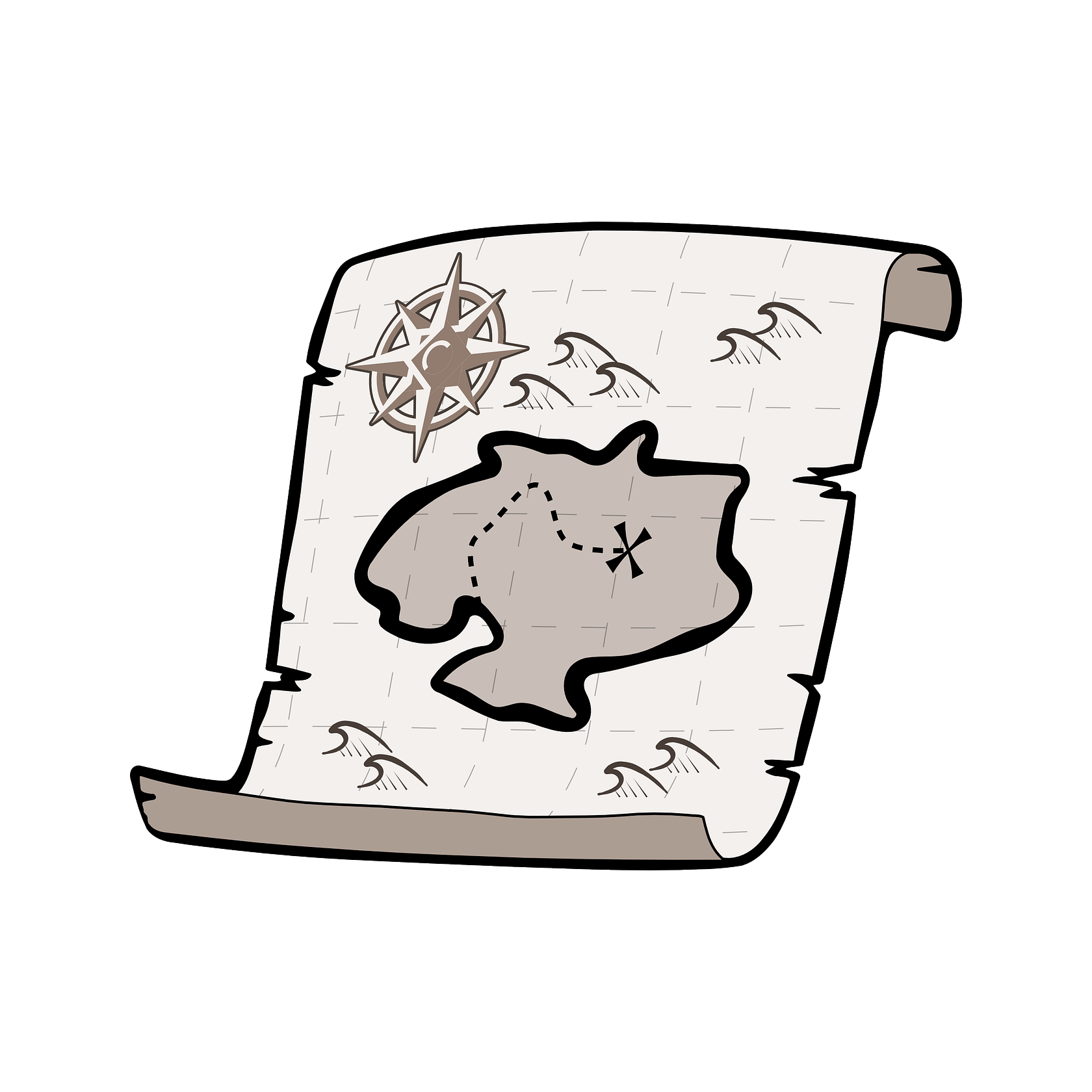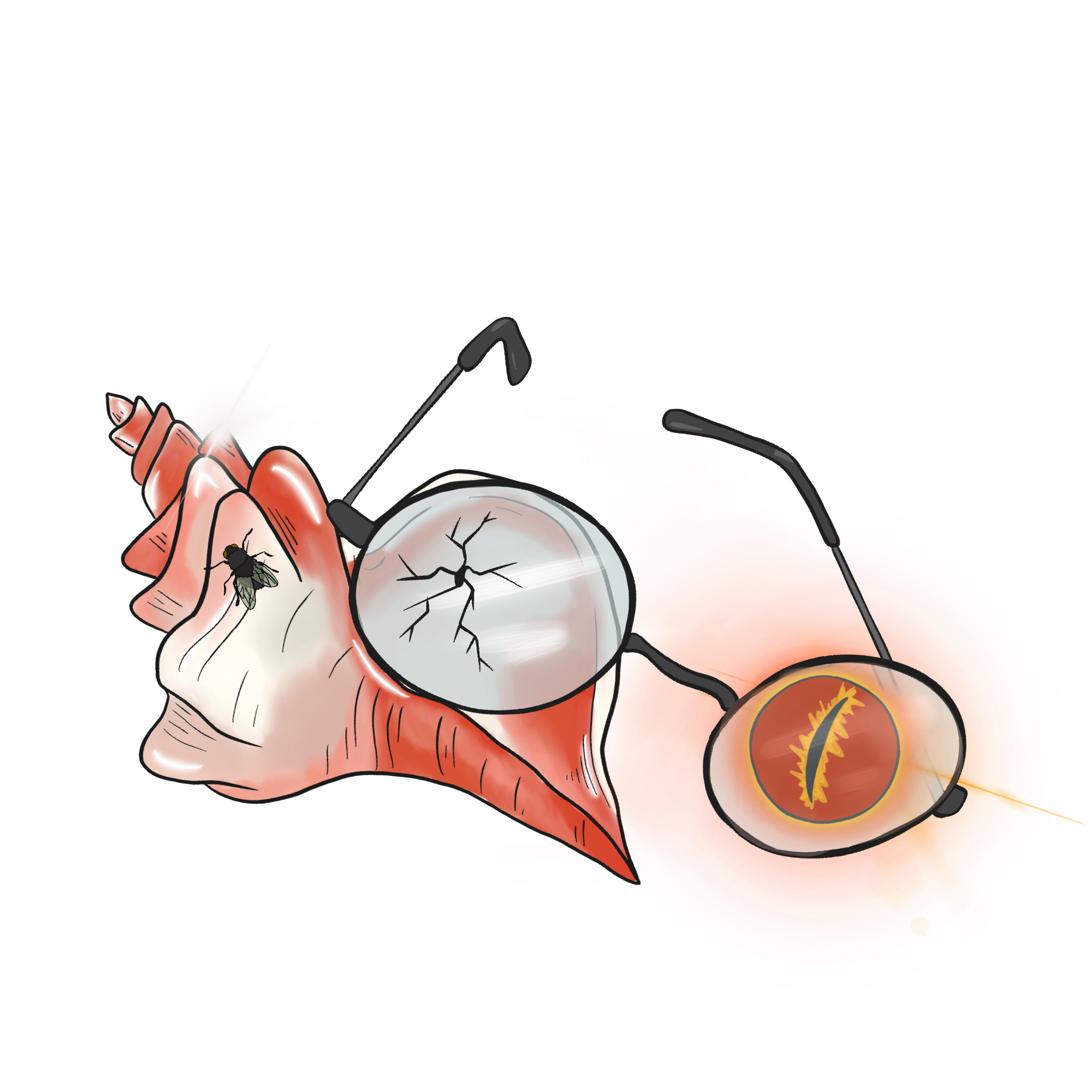
This lesson will break down the components of a function and the relationship it has to real-world contexts. Students will recall their knowledge of inputs and outputs with a function machine. Students will simplify functions and then evaluate the functions. Students will practice simplifying polynomials... Read more »
Function Notation
Course
Subject
Grade Level
Standards

This lesson addresses rules for exponents. Students will discover the rules for exponents through an exploration of numerical expressions and visual representations of exponents. Prerequisites for this lesson include an understanding of the components of an exponent. This lesson allows students to explore... Read more »
Exponent Rules: Digital Breakout
Course
Subject
Grade Level
Standards

This lesson introduces identifying and classifying numbers with an emphasis on the subsets of real numbers. Students will recall proper and improper fractions, repeating and terminating decimals, integers, and counting numbers. Students will learn about the symbols used to represent complex, real, rational,... Read more »
Identifying and Classifying Numbers
Grade Level
Subject
Course

In this lesson, students explore concepts of perimeter, area, surface area, and volume while engaging in hands-on construction of origami boxes. Students collaborate to discover the formulas for volume and surface area. Then students listen to a civil engineer and learn how he uses volume and surface... Read more »
Surface Area and Volume of Rectangular Prisms
Related
Course
Subject
Grade Level
Standards

Students will explore the relationship between the fossil record and the digestive system using coprolites (i.e., fossilized poop) as a phenomenon. Students will explain what coprolites can tell us about the diet of the organisms they came from by investigating the chemical and physical processes of... Read more »
Digestion and the Fossil Record
Subject
Grade Level
Standards

In this lesson, students will use primary and secondary sources to learn about history. Students will compare and contrast how primary and secondary sources can offer different views and perceptions of events. Students will demonstrate understanding by creating their own primary and secondary sources. Read more »
Comparing Primary and Secondary Sources
Grade Level
Subject
Standards

This lesson focuses on solving literal equations by building on the equation-solving knowledge students developed in Parts 1 and 2 of the Journey of the Isolated Variable series. Students will deepen their understanding of rearranging multi-variable equations to isolate a specific variable. By the end... Read more »
Literal Equations
Course
Subject
Grade Level
Standards

Students will sort 14 star spectra and create a star classification system to develop science classification skills. Through analysis of figures that describe the OBAFGKM classification system and temperature effects on element absorption in stars, students will learn that star spectra can be used to... Read more »
Light, Stars, and Blackbody Radiation
Sponsor
Grade Level
Subject
Course
Standards

Students will explore the phenomena of light absorption by viewing spectra of sunlight reflected off of different colors of paper. They will match absorption lines created by elements to absorption lines in sun spectra to reveal elements absorbing light in the sun. They will compare the sun's spectrum... Read more »
Light Absorption and Stars
Sponsor
Grade Level
Subject
Course
Standards

This lesson focuses on the notation for writing domain and range of a function. Students will recall their knowledge of domain and range then formalize their understanding of algebraic, set, and interval notation. This lesson is designed to be taught at the beginning of an Algebra II course. There are... Read more »
Domain and Range Notations
Grade Level
Course
Subject
Standards

Simple, Compound, Complex, and Compound-Complex Sentences
Grade Level
Sentence structure adds variety, interest, and impact to a text. Different sentence structures are composed of clauses and combinations of clauses, and these add varied sentence lengths and styles to a text. This lesson asks students to identify and practice writing simple, compound, complex, and compound-complex... Read more »
Simple, Compound, Complex, and Compound-Complex Sentences
Subject
Course
Grade Level
Standards

In this introductory lesson to the "Lord of the Flies" unit of study, students learn what a microcosm is, what its significance to this story is, and how to build a microcosm of their own. The author's use of the microcosm to symbolize human nature sets the stage for the unit and focuses on author William... Read more »
I'm a Survivor
Subject
Course
Grade Level
Standards

This lesson aims to help students develop an understanding of zoonotic diseases. In this lesson, students will explore how zoonotic diseases spread. Read more »
Zoonotic Diseases
Subject
Course
Grade Level
Standards

In this lesson, students use the Desmos Studio graphing calculator to explore how changing the y-intercept or slope of a line affects the graph. They will find real items to serve as examples of lines with defined slopes and use Desmos Studio to find the linear functions that represent those items.... Read more »
Slope-Intercept Form
Course
Subject
Grade Level
Standards

In this second lesson of the What Is a Wave? unit, students will review key concepts from the first lesson using the Strike Out! strategy. Students will connect prior learning to new content by watching videos that demonstrate the speed of sound waves, and then will be introduced to the Triangle of... Read more »
Not the Bermuda Triangle
Subject
Course
Grade Level
Standards

In this lesson, students will recall solving equations with rational exponents and radicals. Using graphs, students will recall evaluating and solving equations with function notation. Students then will learn how to address extraneous solutions and why they exist. Students will apply this new knowledge... Read more »
Extraneous Solutions
Grade Level
Course
Subject
Standards

Discerning the Reliability and Credibility of Sources
In this lesson, students practice determining the relevance, reliability, and validity of information gathered while researching well-known urban legends. Students analyze the quality, usefulness, and accuracy of the sources they find using a provided framework. As their final product, students construct... Read more »
Discerning the Reliability and Credibility of Sources
Subject
Course

In this technology lesson, students will explore the science of laser cutters. Students will view a variety of videos on lasers, work in stations to develop Frayer Models, and build a shared definition of how a laser functions. The lesson concludes with students developing a product pitch for something... Read more »
Introduction to Lasers and Laser Cutters
Grade Level
Subject
Course
Related
Standards

In this lesson, students will compare very large and very small measurements and see the need for scientific notation. Students will learn how to convert between scientific notation and standard notation and connect their learning to the real world through a video of a former aeronautical engineer.... Read more »
Introduction to Scientific Notation
Related
Subject
Course
Grade Level
Standards

This professional development session focuses on instilling an understanding of the framework of authentic learning through multiple tools, such as the 5E Model and LEARN Strategies, while keeping in mind the Oklahoma Academic Standards for Mathematics. The interactive session will give participants... Read more »
Target Audience
Calendar Placement
Group Size
Intention Or Purpose

This professional development session is the mathematics content-specific day of the Formative Assessment Institute. In this session, participants will learn what formative assessment looks like in a mathematics classroom and will create formative assessments to take back to their classrooms. Read more »
Target Audience
Calendar Placement
Group Size
Intention Or Purpose

This resource provides an overview of the TI-Nspire calculator. Participants engage in hands-on exploration of the TI-Nspire, learn basic operations, and discover pre-made classroom activities for the calculator. Participants also learn about teacher-student connectivity options and how the additional... Read more »

This resource provides an overview of the TI-84 Plus. Participants engage in hands-on exploration of the TI-84 Plus, learn basic operations, and discover pre-made classroom activities for the calculator. Participants also learn about teacher-student connectivity options and how the additional technology... Read more »

5E Lesson Writing Session 3: The LEARN Writing Process focuses participants on creating a LEARN lesson with the support of a content curriculum specialist. Participants begin the development of an Authentic 5E lesson that will be published to LEARN and taught to cohort students. Read more »
Target Audience
Calendar Placement
Group Size

Would you like to provide students the opportunity to get to know their TI-Nspire prior to its actual use? This resource provides an overview so students feel comfortable and confident with the device from the start. With this resource, students engage in hands-on exploration of the TI-Nspire and learn... Read more »
Target Audience
Group Size
Intention Or Purpose

Would you like to provide students the opportunity to get to know their TI-84 Plus prior to its actual use? This resource provides an overview so students feel comfortable and confident with the device from the start. With this resource, students engage in hands-on exploration of the TI-84 Plus and... Read more »
Target Audience

In this English ACT prep activity, students review the content from the past nine prep activities. First, students review skills learned from week nine. Then, students practice questions reflective of the topics still confusing to them using Magoosh. Finally, they end the class revisiting their Goal... Read more »
Target Audience
Calendar Placement
Group Size
Intention Or Purpose
College & Career Readiness Framework
Related

This resource is geared towards students' goal setting and reflection process while participating in extracurricular clubs. Students set a goal for a specific skill they are working on and are given several ways to reflect on their progress towards that goal. Read more »
Calendar Placement
Group Size
Intention Or Purpose

